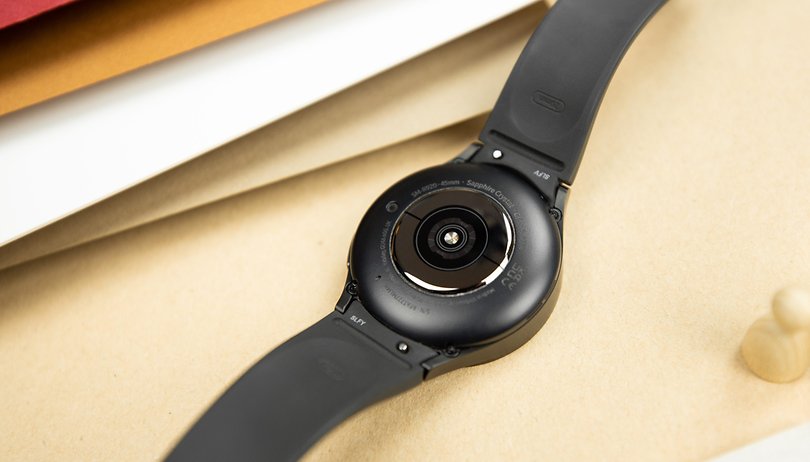Samsung's next-gen display to add blood pressure and sugar level monitoring


Read in other languages:
Samsung's future displays could finally enable extensive health monitoring functionalities similar to smartwatches. At a recent event, the South Korean company has shown some of the promising breakthroughs of its all-in-one Sensor OLED including features like blood pressure monitoring and all-screen fingerprint scanning.
While Apple is still figuring out how to integrate accurate blood pressure sensors into its Watch Series, Samsung has proven that it is already a step ahead. Samsung Display's CEO JS Choi revealed that the company is working on the next-gen display dubbed OLED 2.0. And which may be ready in 2025 with revolutionary features in tow.
The chief talked about the newly developed organic photodiode sensor from Samsung that allows the entire display area to scan multiple fingerprint inputs at the same time. This will also drastically improve the security level 2.5 billion times compared to registering a single finger profile, according to the company.

Samsung Galaxy smartphone with biosensors
But more importantly, it was mentioned that the upcoming displays would make it possible for the biggest mobile manufacturer to add biosensors to measure users' health data such as blood pressure and blood sugar (glucose) levels. At the same time, these displays could house 5G antennas, further improving connectivity and reducing the footprint of smartphones.
Samsung didn't disclose all technical details like the accompanied methodology or how to produce accurate readings. In reference, the Galaxy Watch 5 Pro enables blood pressure reading by requiring first an external monitor for calibration. The Ultrahuman's Cyborg M1 glucose monitor that our colleague Stefan Möllenhoff reviewed uses a non-invasive needle to track a user's metabolism.
Apple is also tipped to introduce a watch capable of reading blood pressure. The two recent patents indicate the diverse ways the Cupertino company could implement such technologies. Unfortunately, it is still unclear when we can see this feature. Do you think this is an important functionality before buying a smartwatch or wearable?
Source: YouTube



















